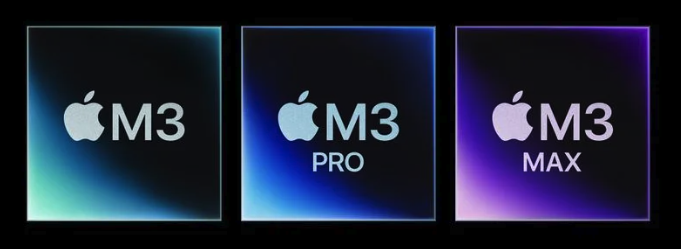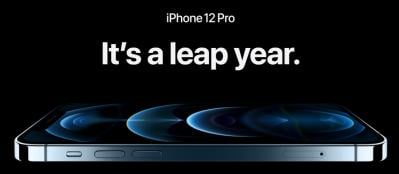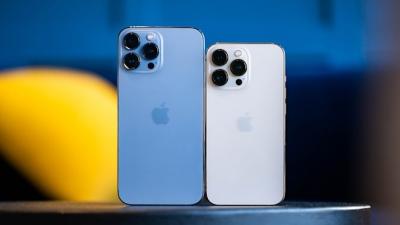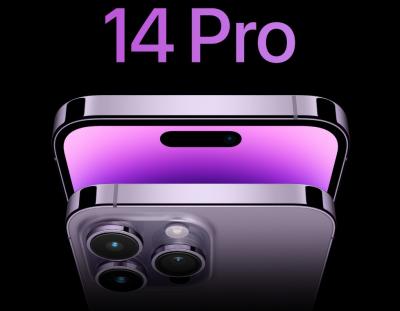Choosing Your MacBook: M2 or M3?

Apple's latest M3 series of chips for Macs, including the M3, M3 Pro, and M3 Max, represent significant advancements over the previous M2 series. The transition to a 3nm process and architectural improvements result in increased transistor counts, better CPU and GPU performance, and improved energy efficiency. Here's a more detailed breakdown:
M2 vs. M3:
- M3 has a smaller 3nm fabrication process, higher transistor count (25 billion vs. 20 billion), and better CPU and GPU performance (17% and 21% improvements, respectively).
- It introduces an all-new GPU architecture with Dynamic Caching for improved graphics performance and energy efficiency.
- More efficient execution of machine learning and AI tasks.
- Balanced power and battery life for laptops.
M2 Pro vs. M3 Pro:
- M3 Pro offers moderate CPU improvements but a slight dip in GPU performance compared to M2 Pro.
- Focuses on power efficiency and optimizing for battery-dependent environments.
- New GPU architecture with hardware-accelerated features.
- Potential advantages for CPU-focused tasks.
M2 Max vs. M3 Max:
- M3 Max boasts a significantly higher transistor count (92 billion vs. 67 billion), superior CPU and GPU performance (18% and 38% improvements, respectively), and increased memory support (up to 128GB).
- Ideal for professionals with demanding computational and graphical tasks.
- Enhanced GPU architecture with hardware-accelerated features.
- Exceptional performance for graphics-intensive workloads.
In terms of user experience, choosing between M2 and M3 depends on your specific needs:
- M2: Great for everyday tasks, casual use, and light content creation.
- M3: Ideal for power users, professionals, and those who prioritize performance, especially in graphics-intensive applications.
Ultimately, the M3 series offers substantial improvements, but the choice should align with your usage requirements and budget.
















Comments